For all of our power cords for sale, you will see a number followed by the letters “AWG.” You’re probably wondering, what does this mean?
AWG stands for The American Wire Gauge. This is a standard wire gauge system based in the United States, while Canada uses the International Standard. It is a standard specification for the diameters of wires used in power cords.
We offer a handy chart to help you pick out the correct gauge wire for your projects. This can be found on our website.
Please check out our website to read informative blogs about similar topics, and to see our various adapters and cords for your power solution needs. Check us out on Facebook, Pinterest, and Instagram. Give us a like and subscribe to our youtube channel to see more videos just like this one. Shoot us an email if there is a topic you would like to see us cover. Thank you for watching!

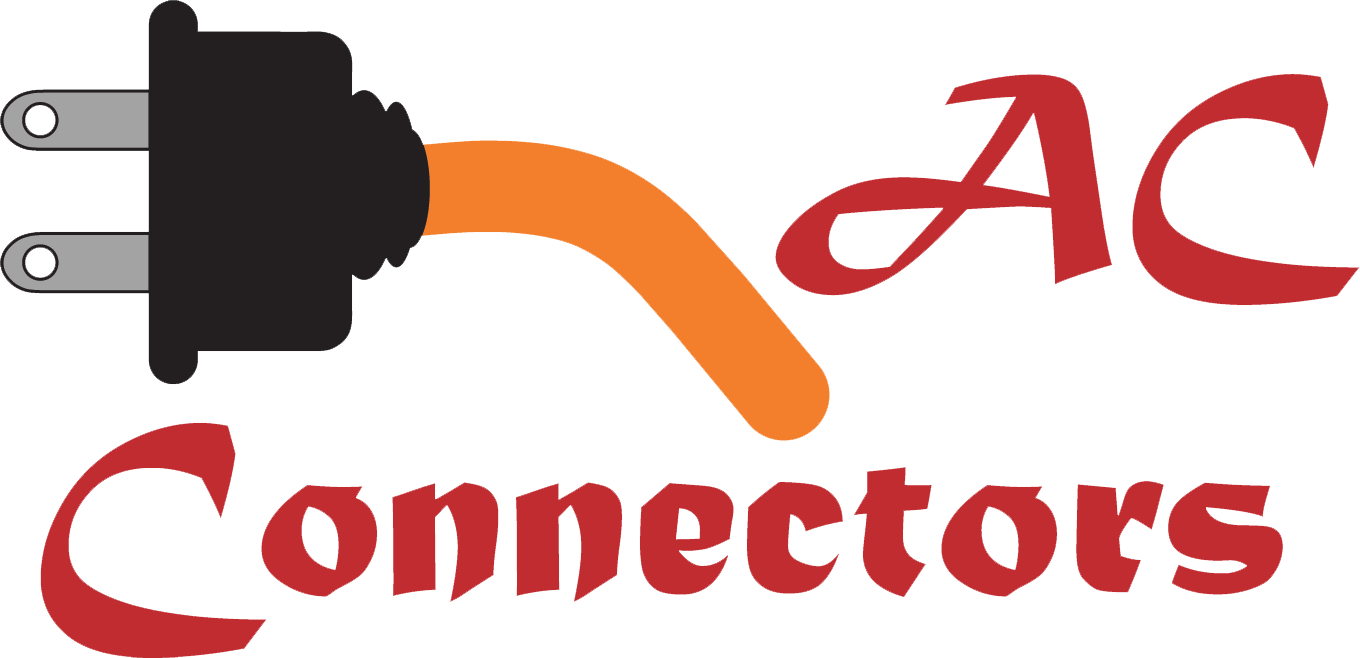

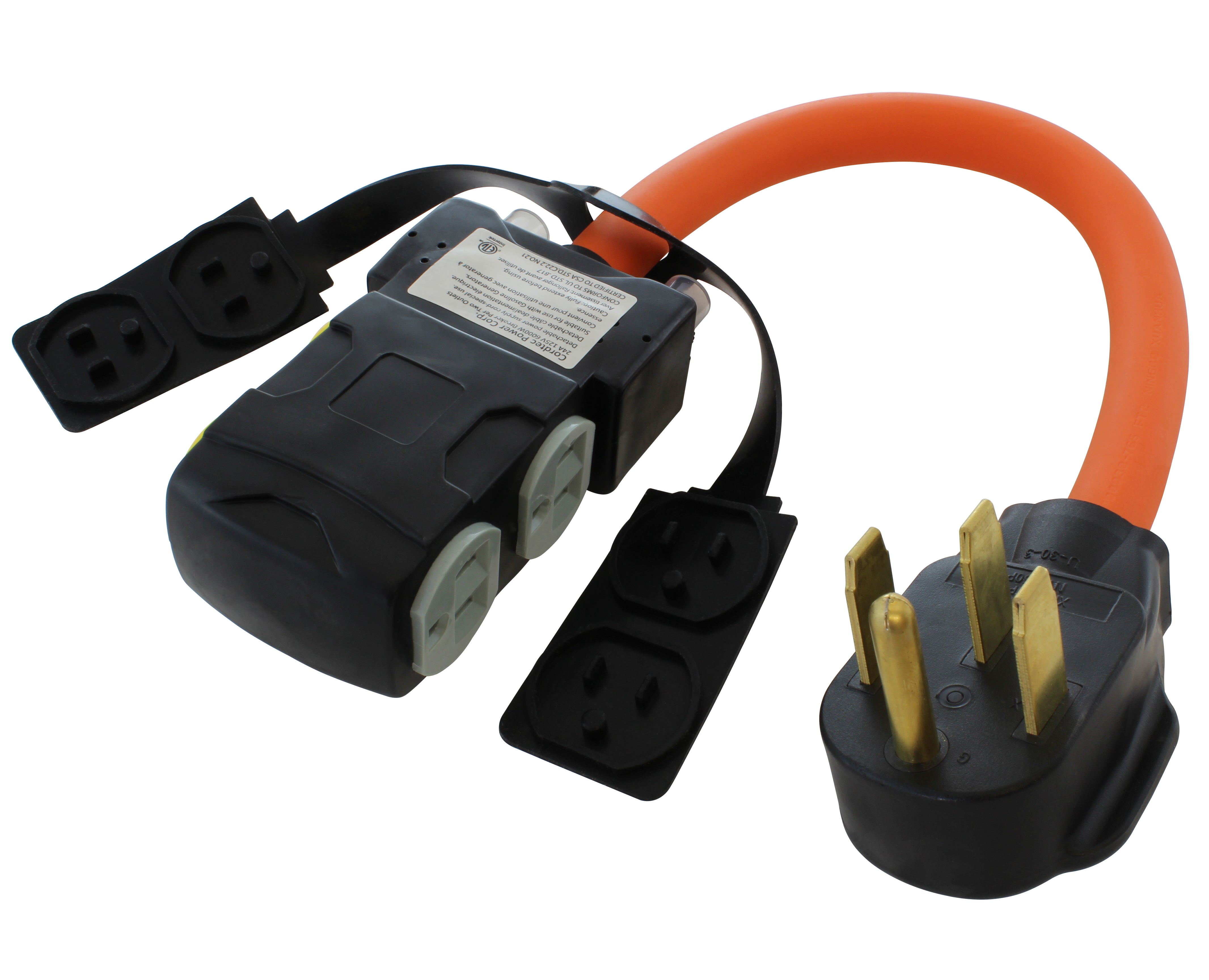
![AC WORKS® [ASINSS2PBX-G] 50A Locking 4-Wire CS6375/ SS2-50 Heavy-Duty Transfer Switch Inlet Box](http://acworks.com/cdn/shop/files/ASINSS2PBX-0_0206b362-7c90-42a5-8754-0685c13dab7e.jpg?v=1758051675&width=2500)
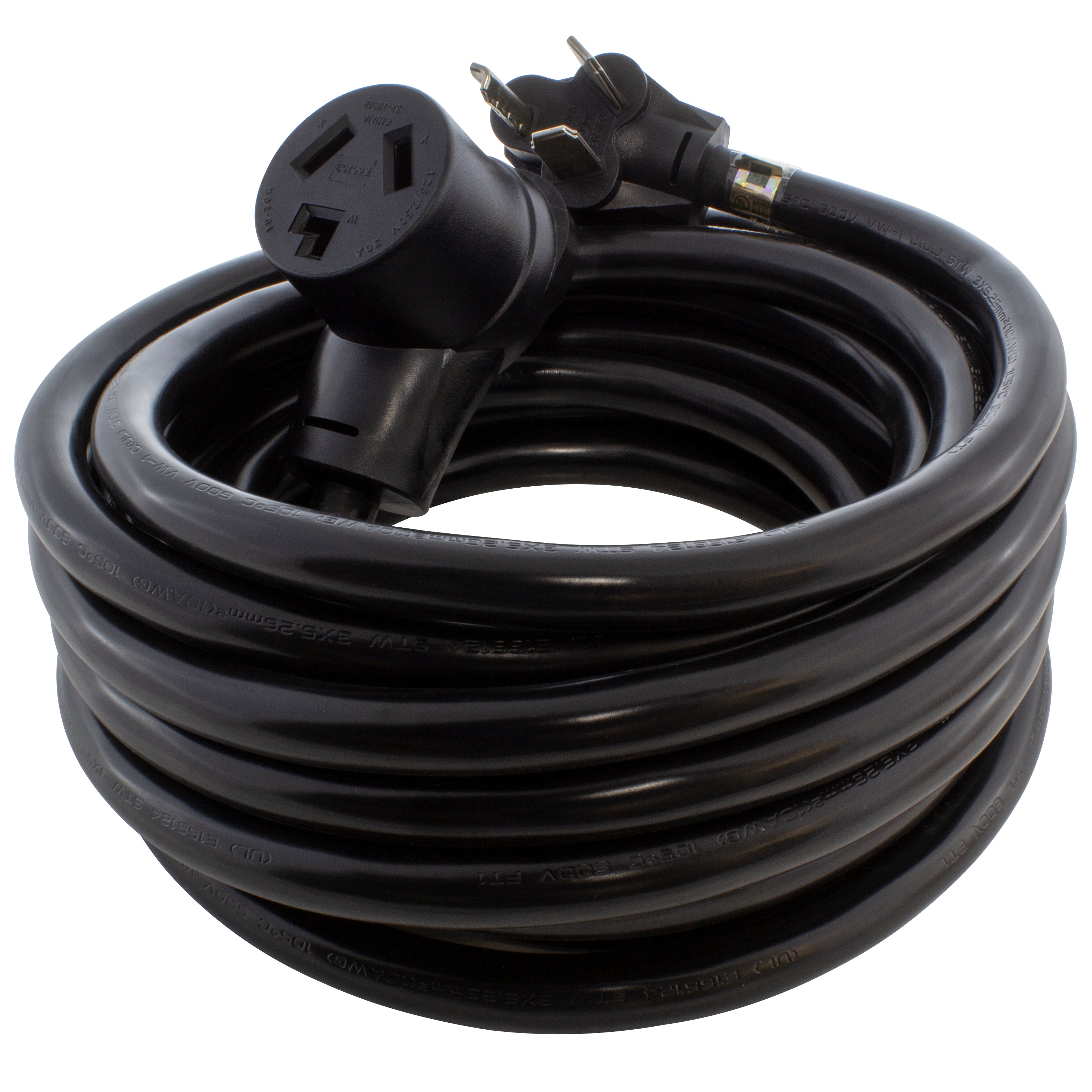
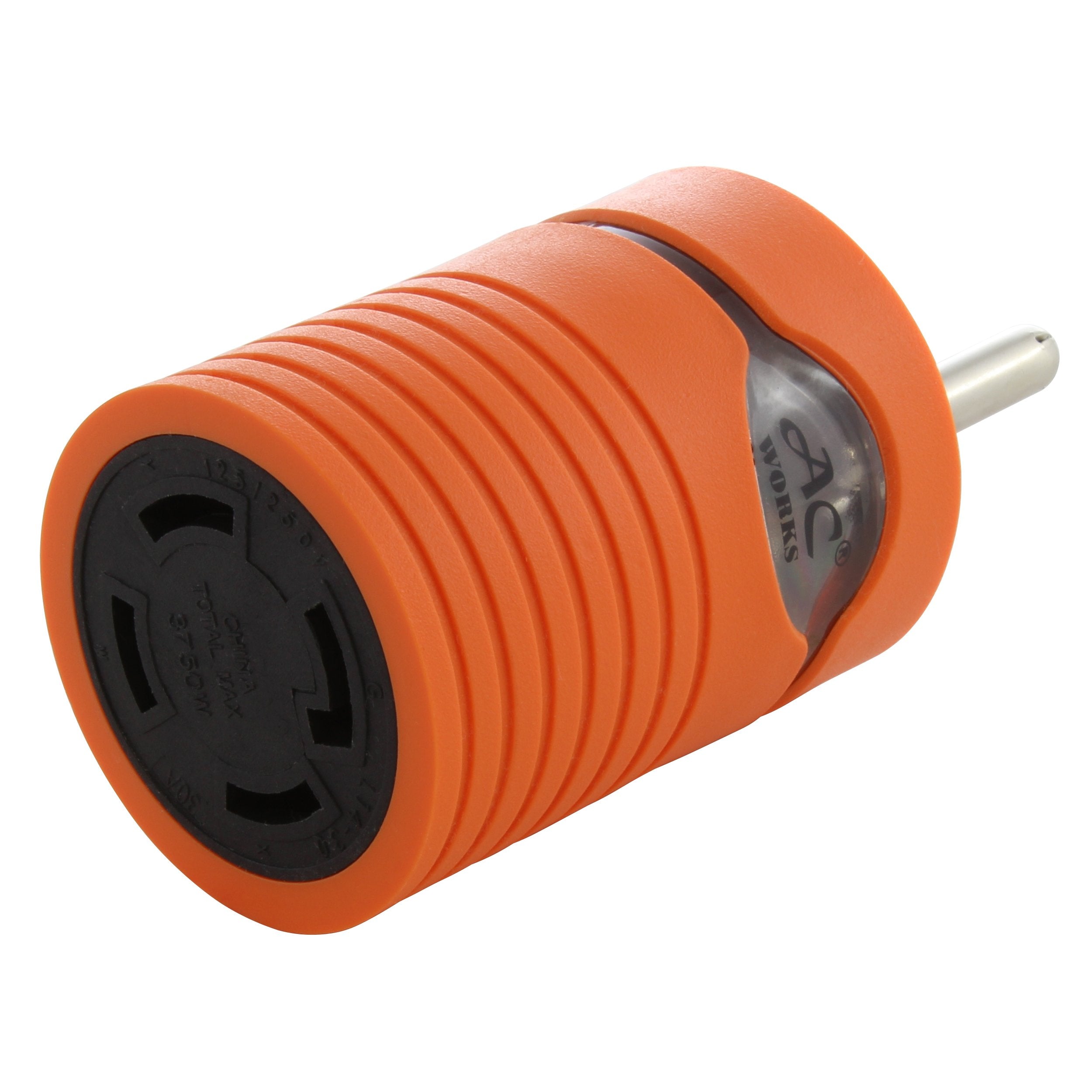
![AC WORKS® [S1430CBF520] 1.5FT 14-30P 4-Prong Dryer Plug to (4) Household Outlets with 24A Breaker](http://acworks.com/cdn/shop/products/S1430CBF520.jpg?v=1666103519&width=4656)
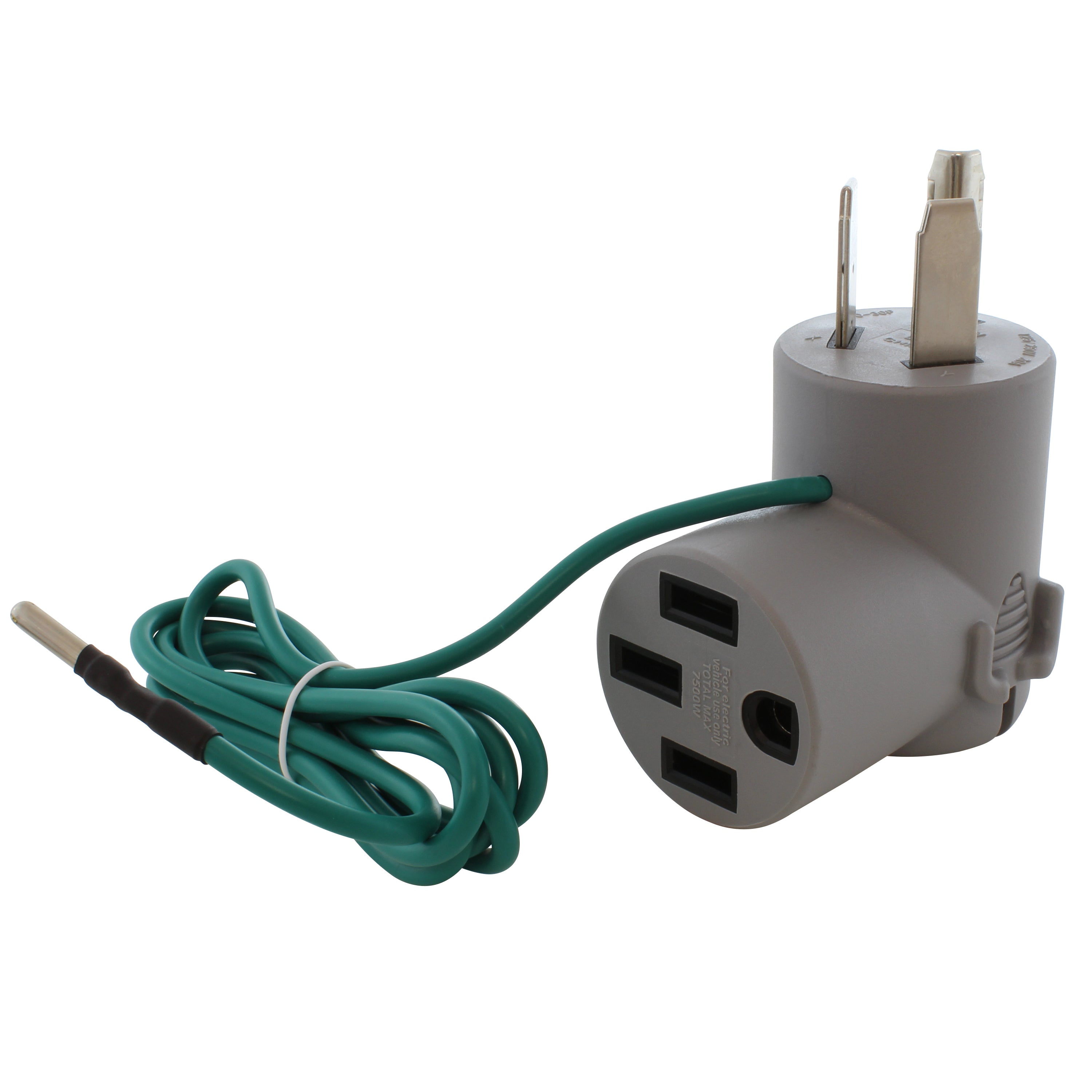
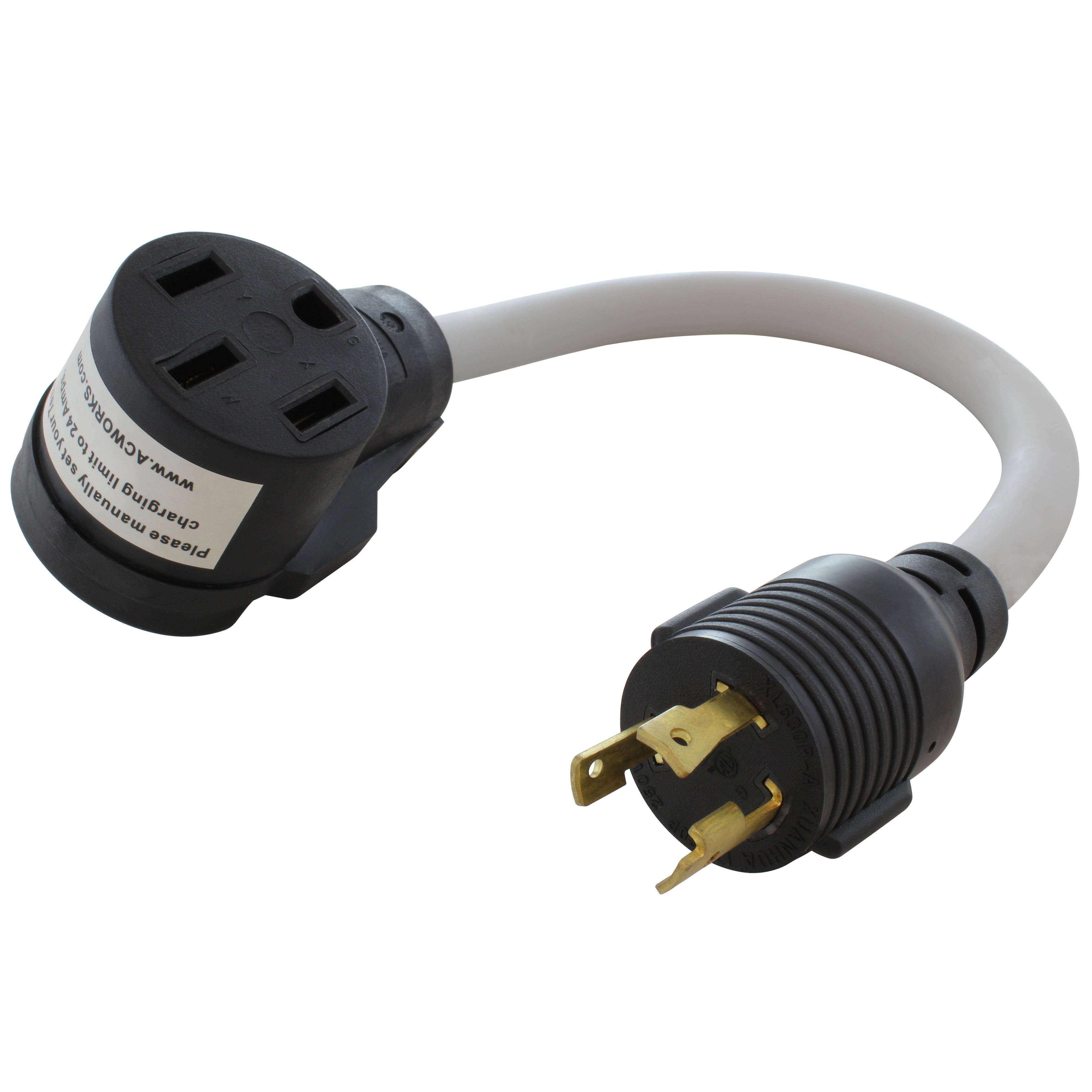
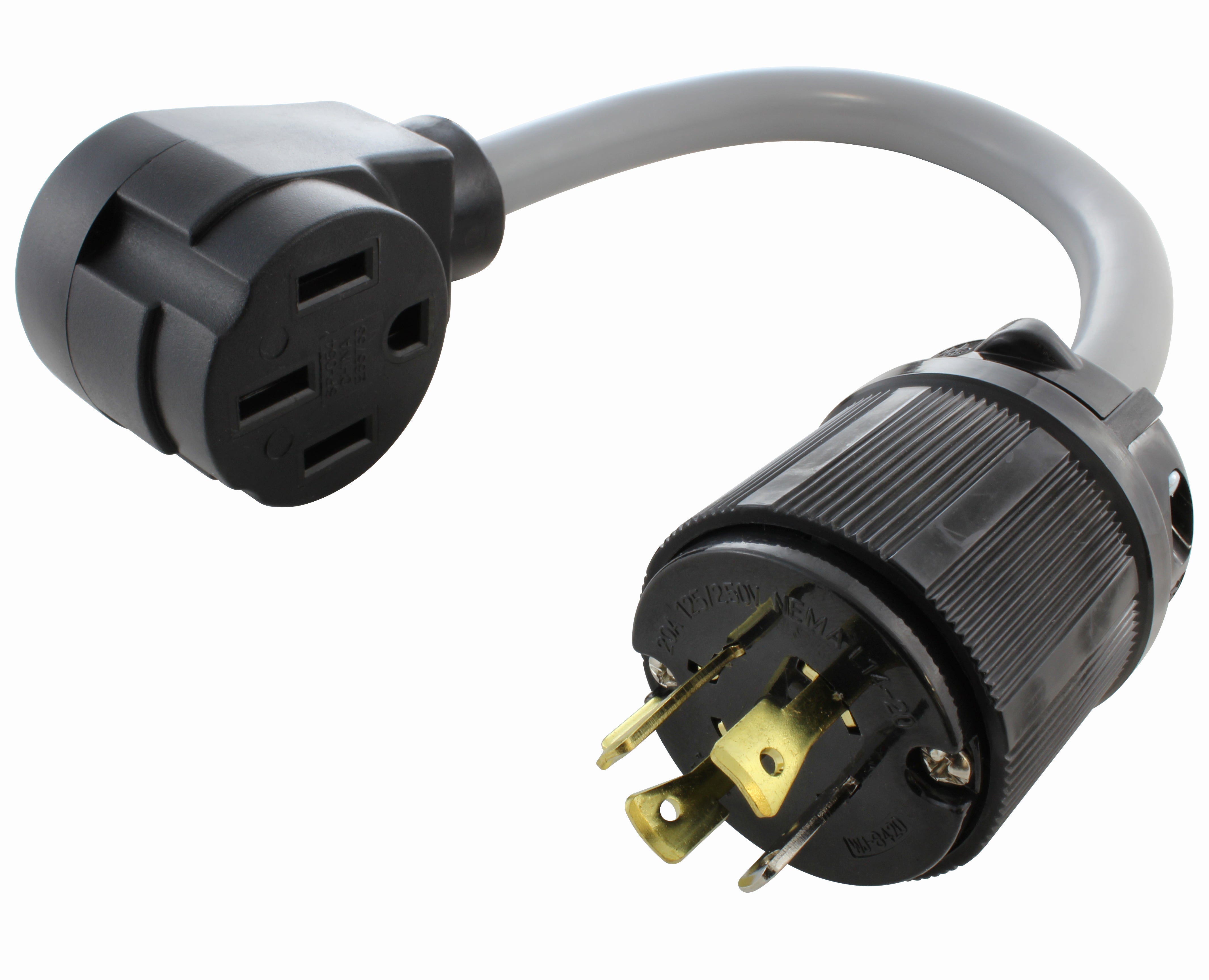
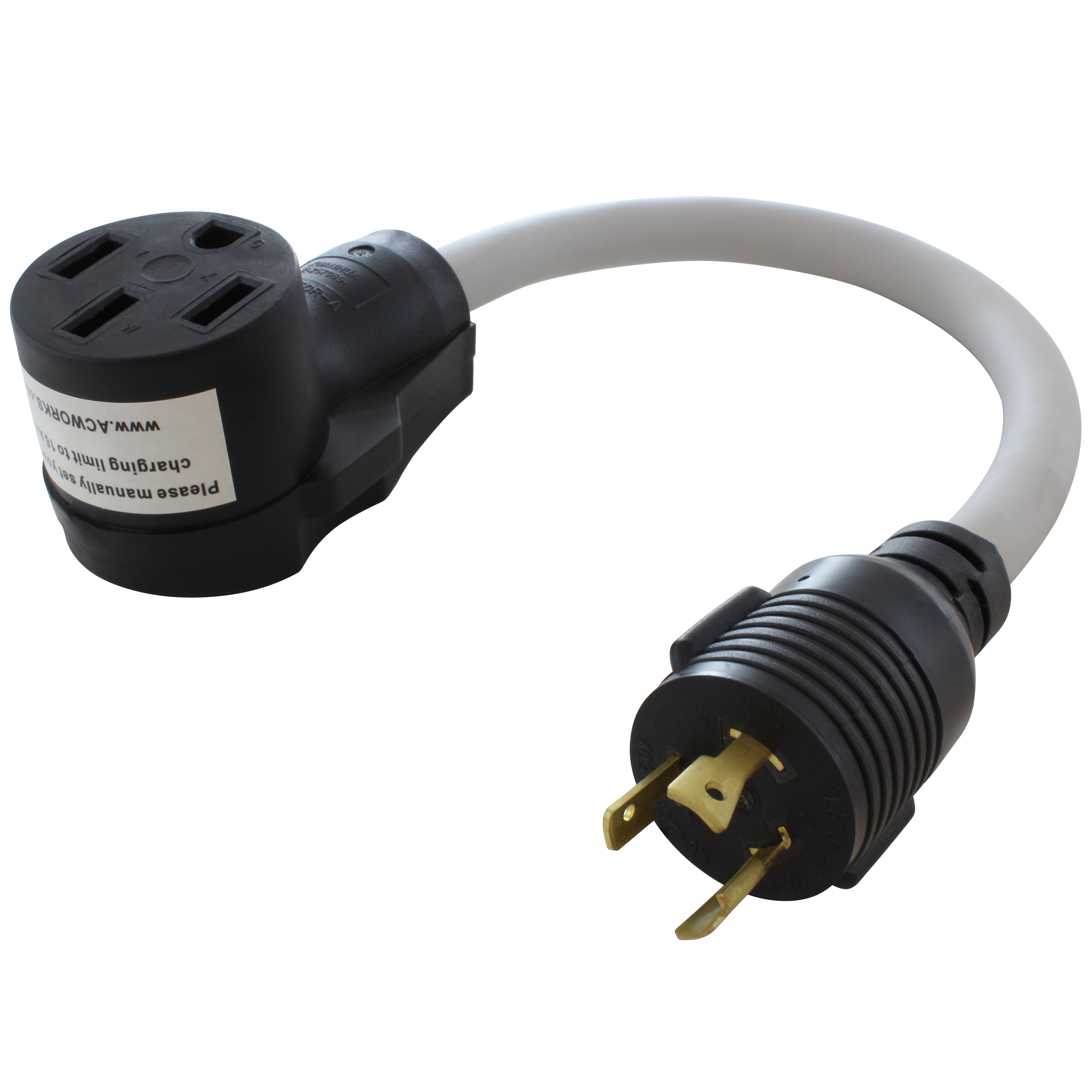
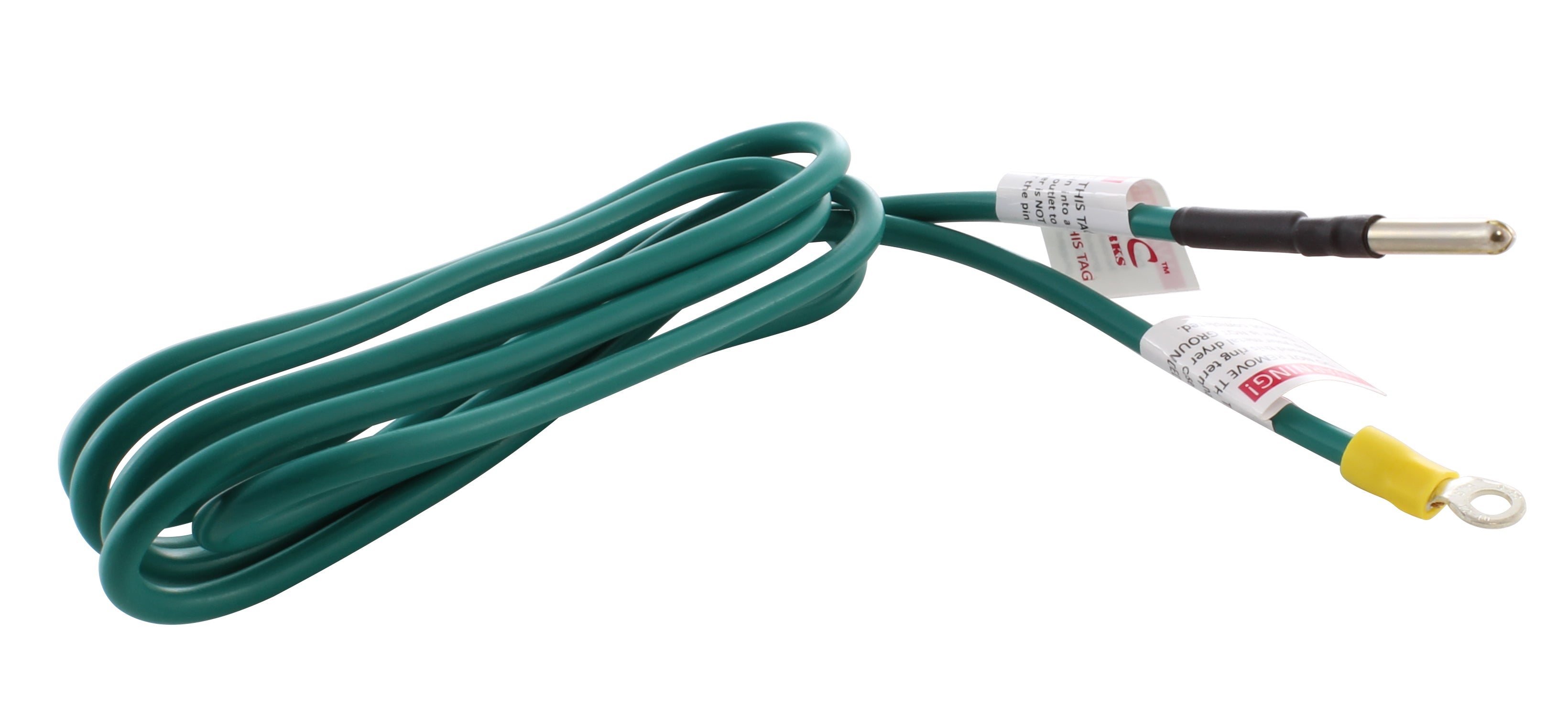

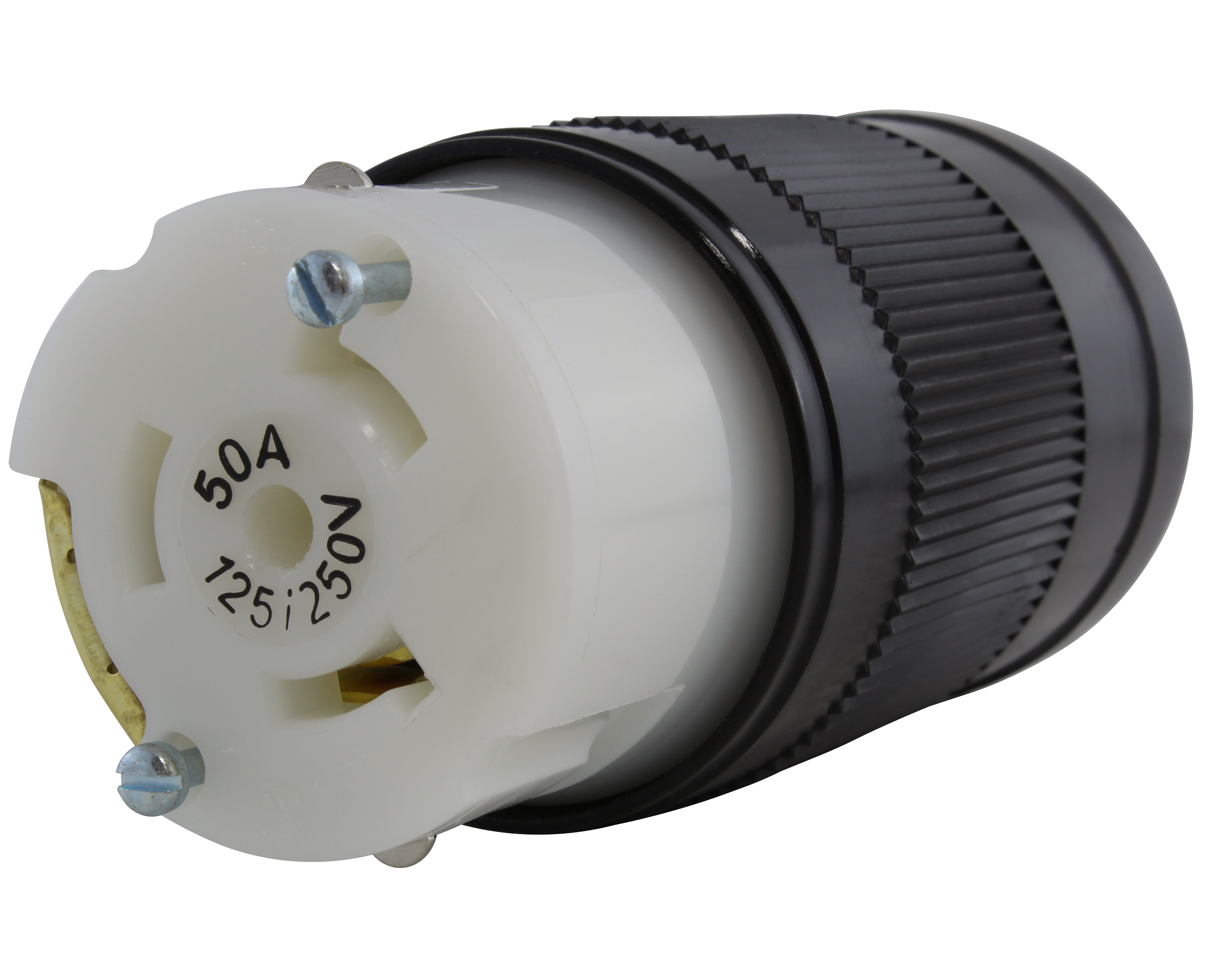
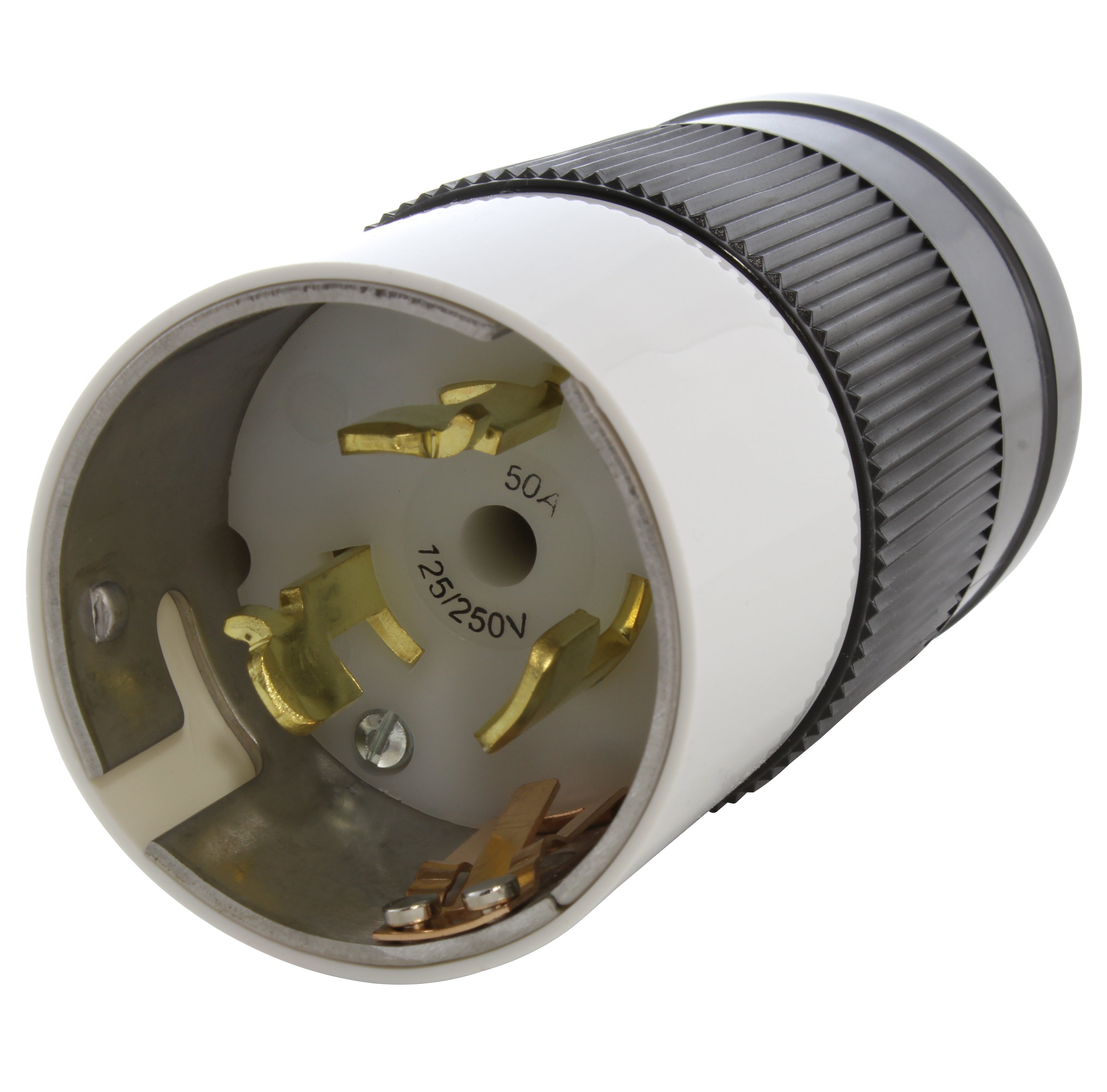
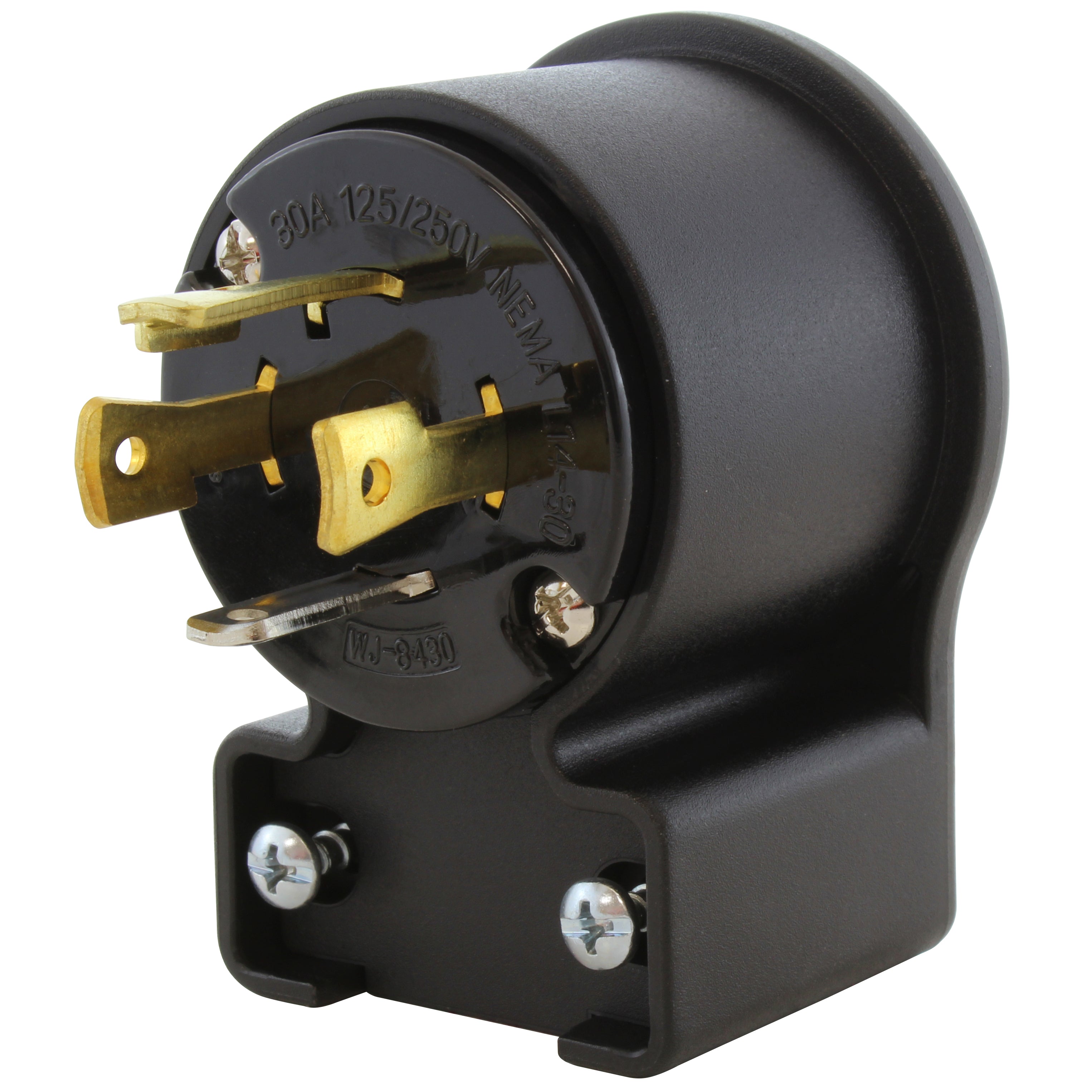
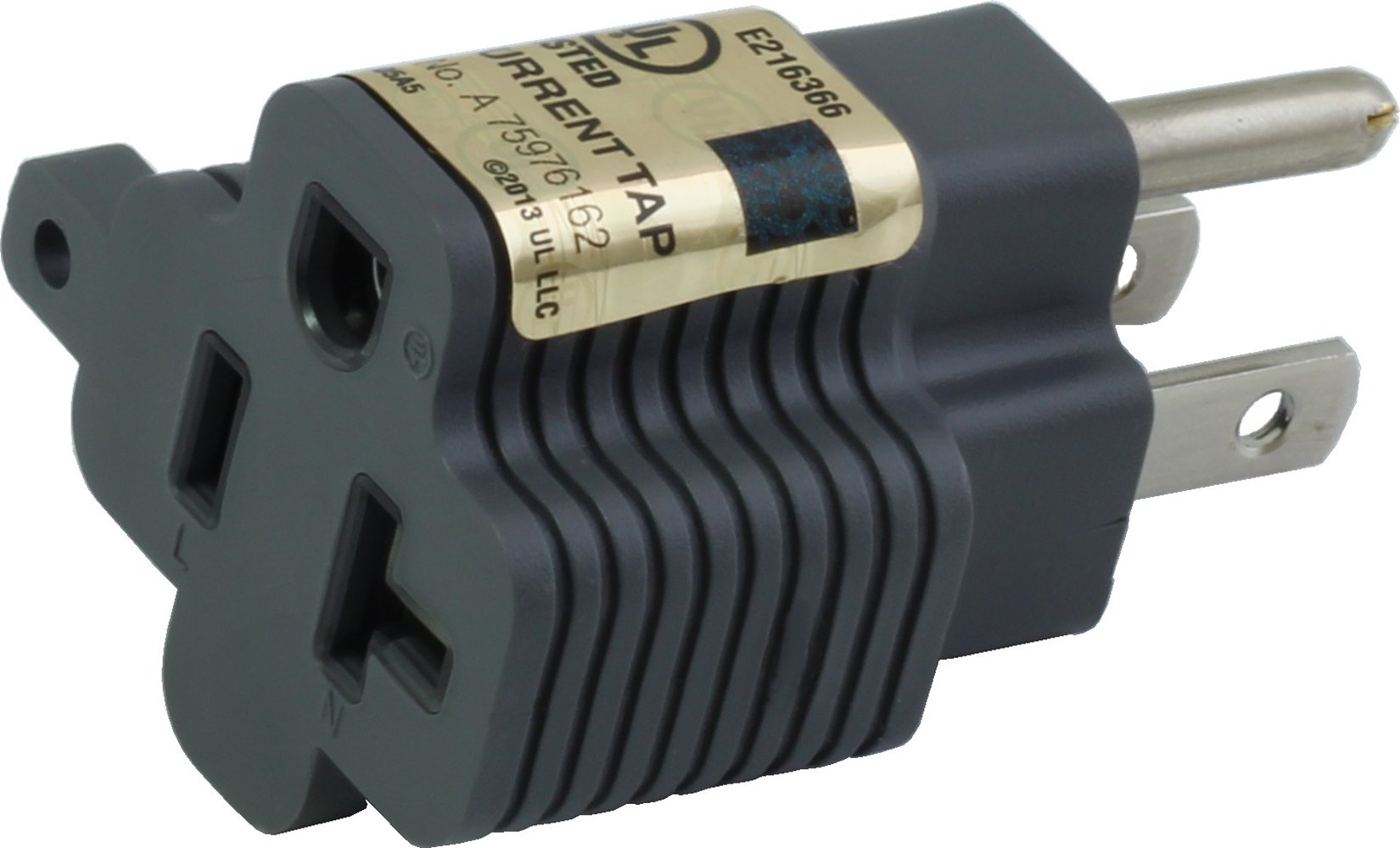
![AC WORKS® [ADV104] 3-Prong Heavy-Duty V-DUO Household Outlet Adapter](http://acworks.com/cdn/shop/products/ADV104-0.jpg?v=1605738768&width=3128)
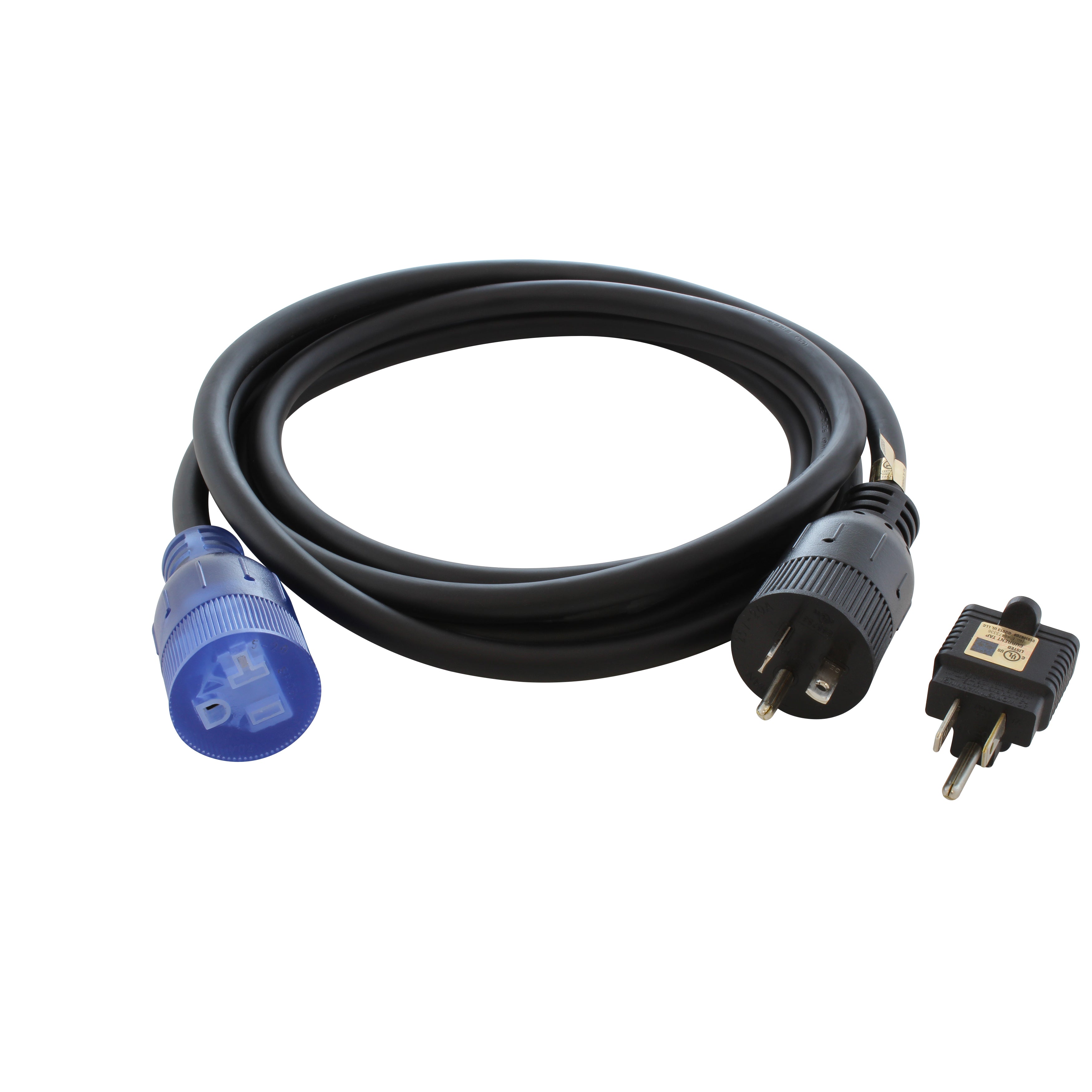
![AC WORKS® [XH515520] 15A to 15/20A 125 Volt Plug Adapter with ETL Safety Approval](http://acworks.com/cdn/shop/files/XH515520-0_daea425a-f439-48df-bb75-052167057f12.jpg?v=1729091519&width=2500)
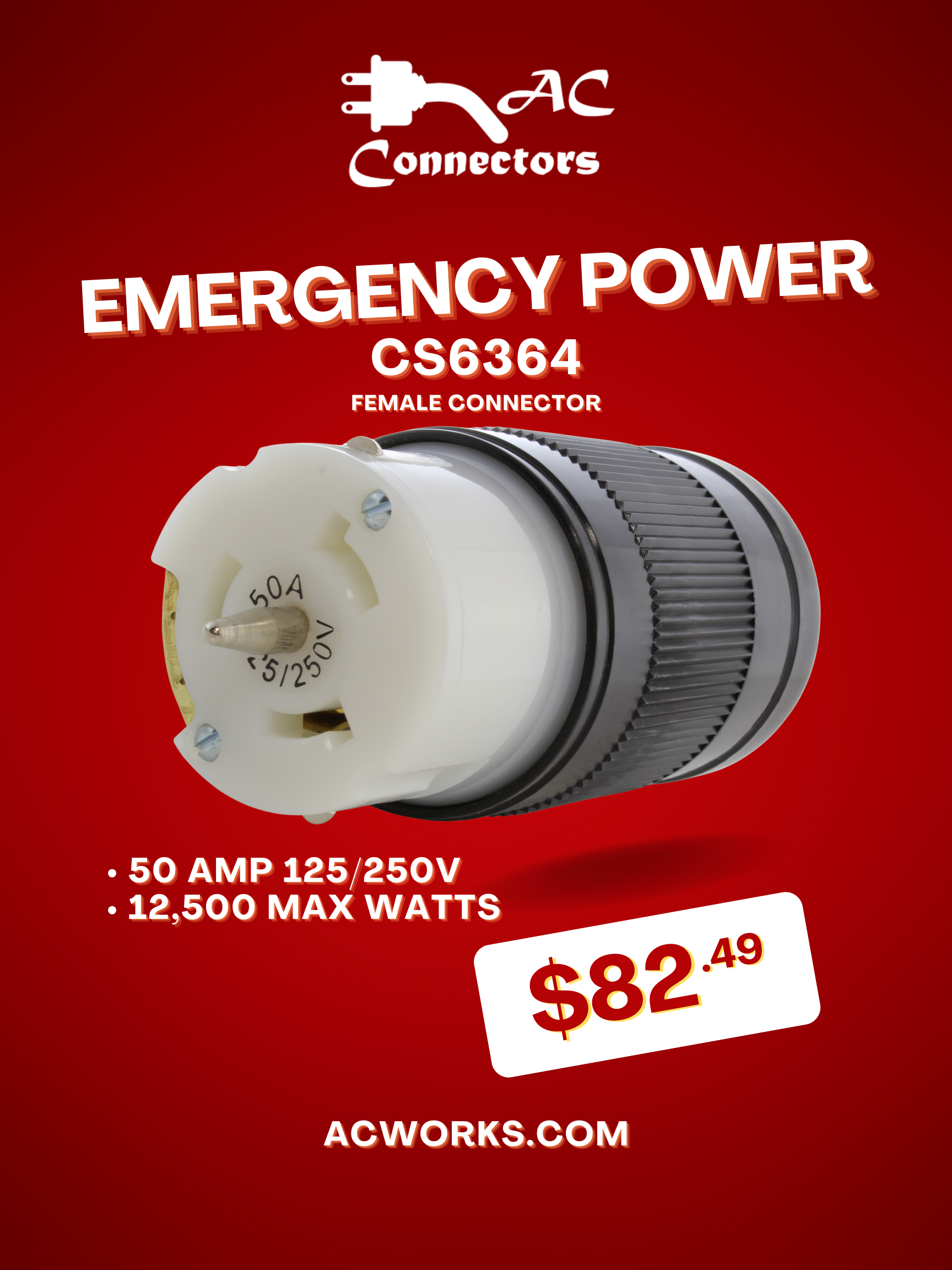
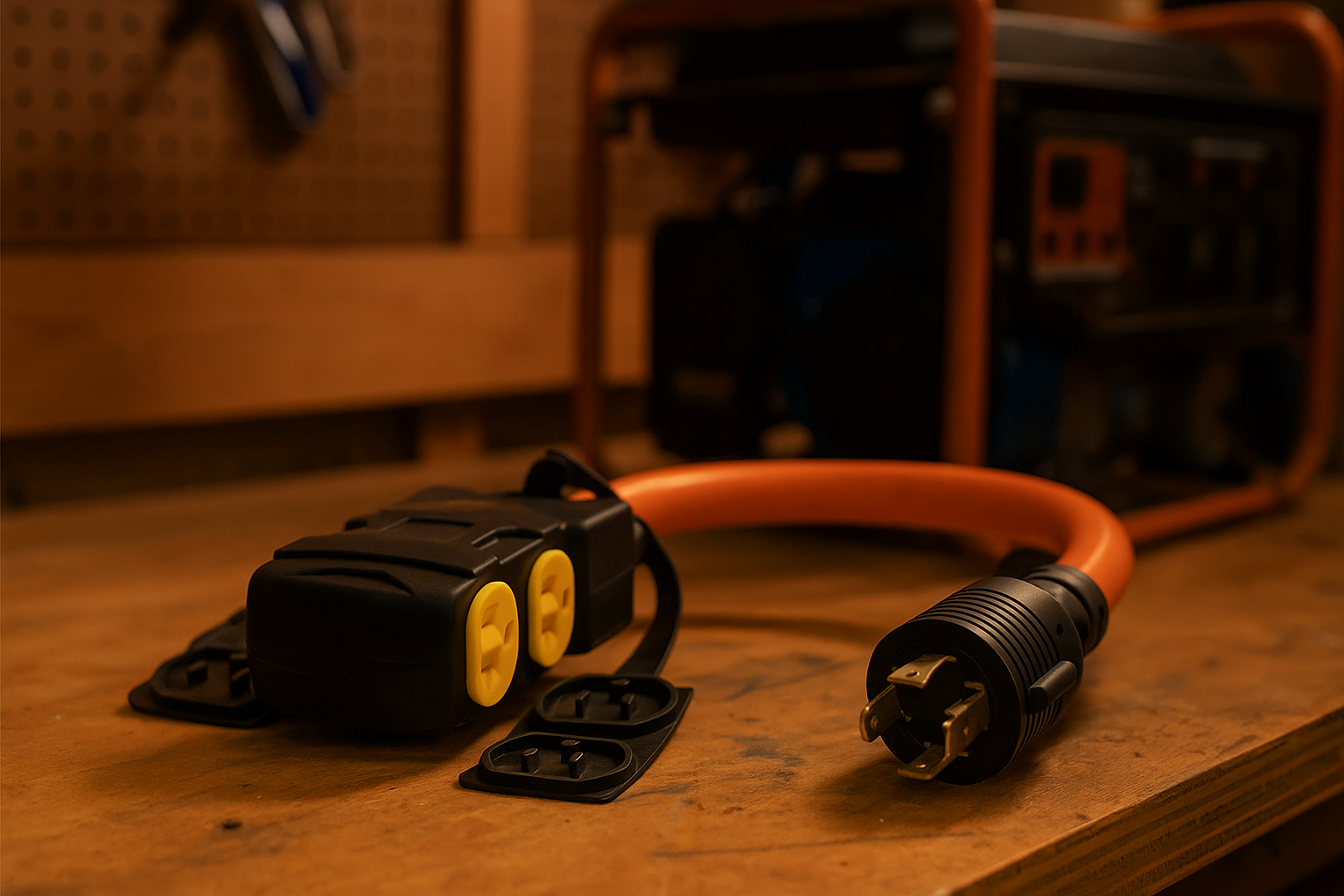
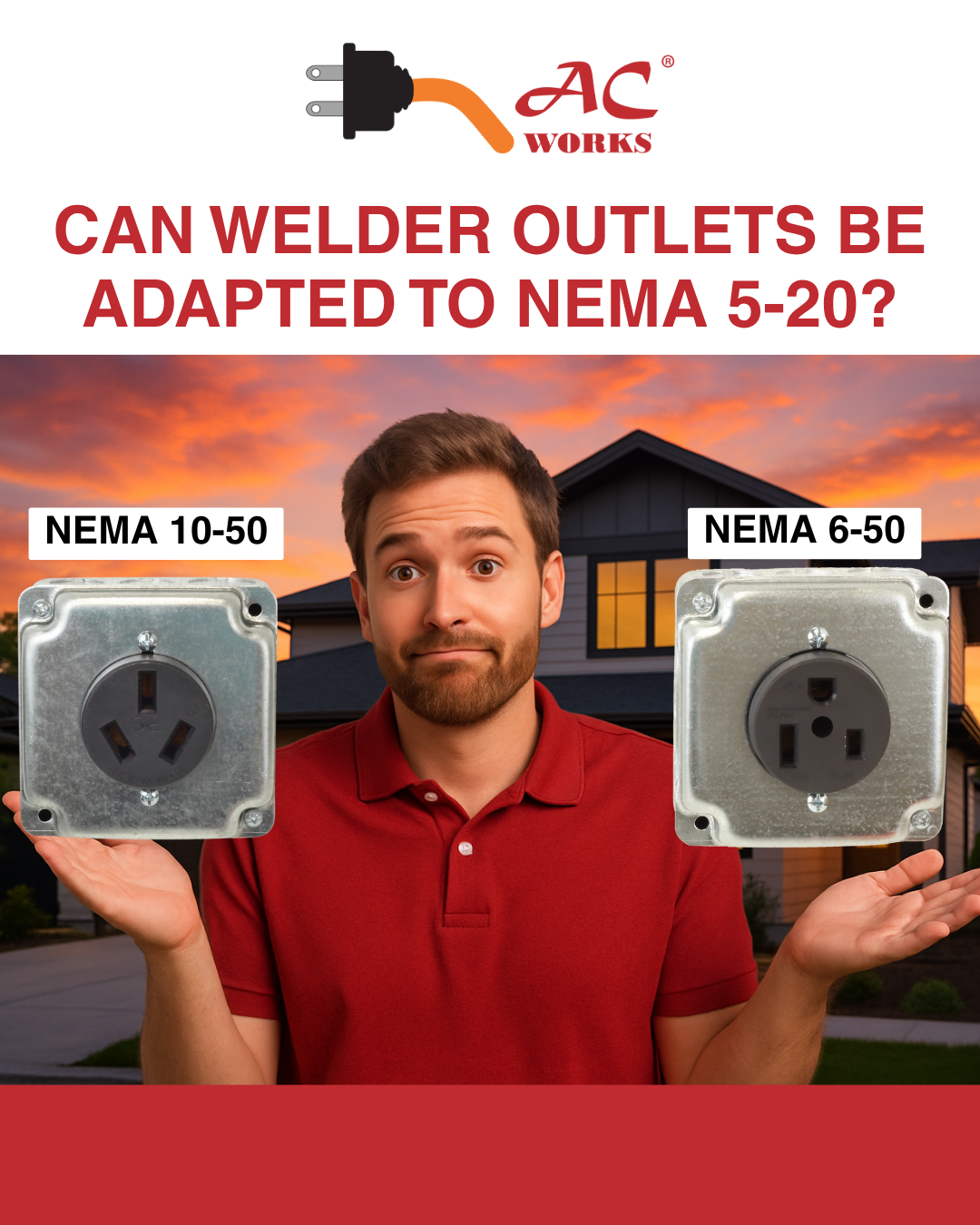
Share:
AC WORKS® Wisdom: The 80% Rule for EV Charging
AC WORKS® Wisdom: Differences Between L1420 and L1430